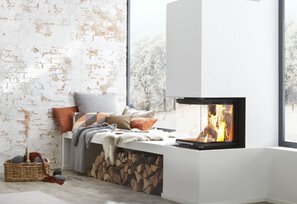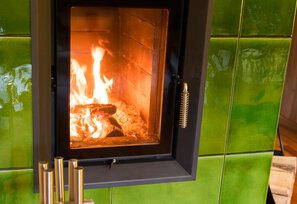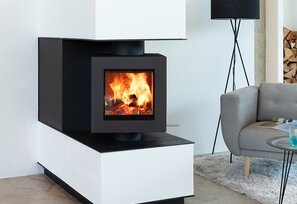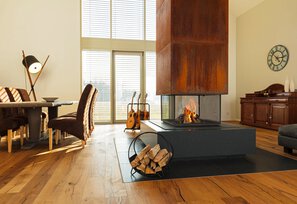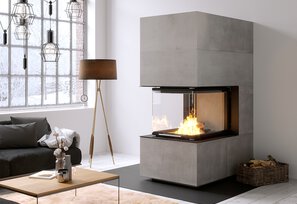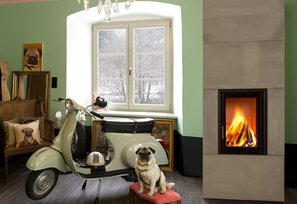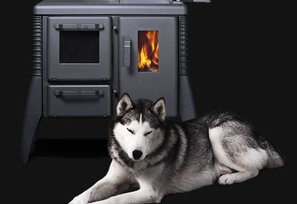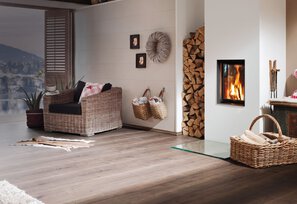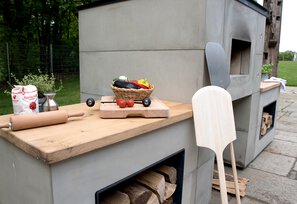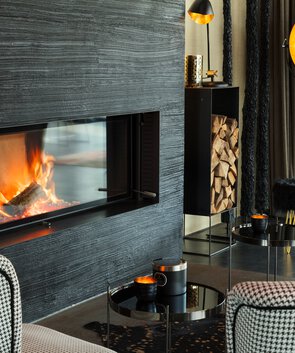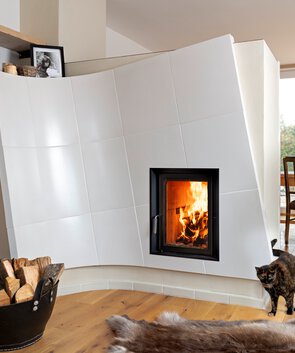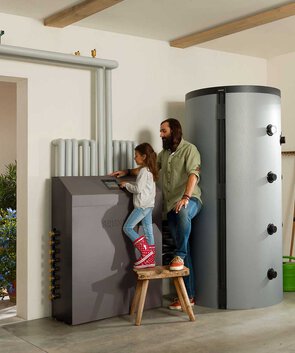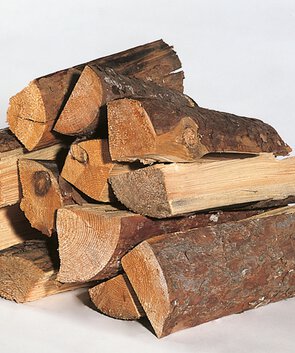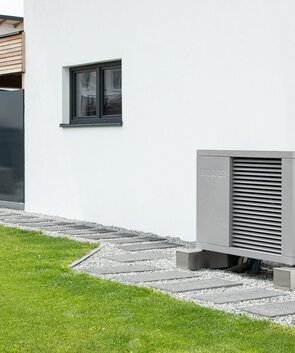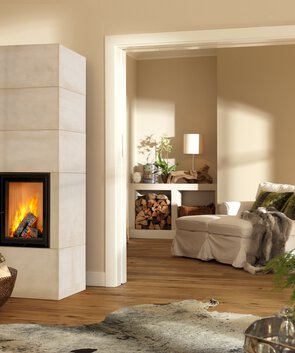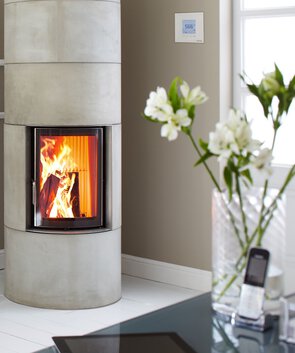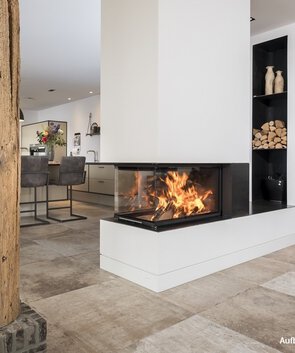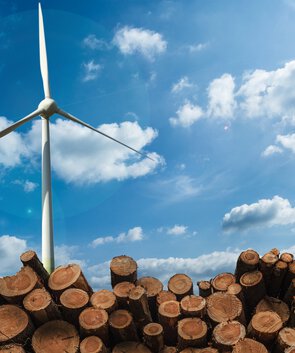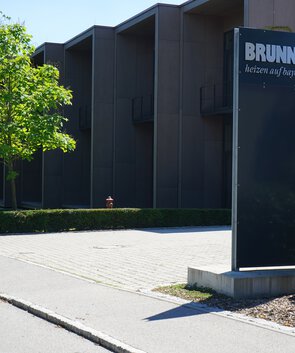Particulate matter, an actual threat?
Fine particulate matter has been the subject of much debate in recent years. Environmentalists speak of it being harmful to human health. Axel Friedrich, external advisor at the German Environmental Aid, even calls for the gradual abolition of cruise ships, fireplaces and stoves. But what is it really about the tiny particles and is there a danger from fireplaces?
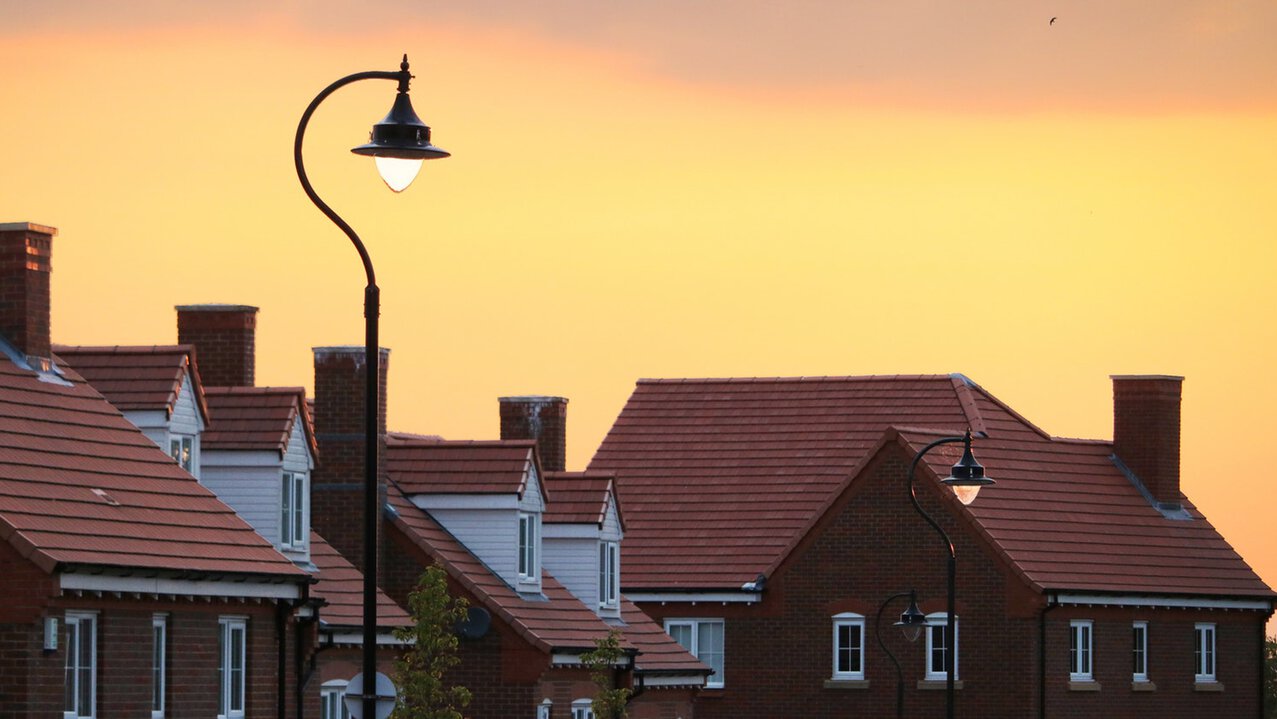
Polluter of particulate matter
Particulate matter can be generated both by humans and naturally. Sources of fine dust caused by humans are power and district heating plants, cars, stoves and heaters in buildings, animal husbandry and certain industrial processes.
Particulate matter enters the air not only from engines, but also from brake and tyre abrasion and from the swirling of dust on the road surface.
Agriculture also contributes to fine dust pollution through its animal husbandry. Natural sources of particulate matter are emissions from soil erosion, fungi, spores of bacteria, viruses, forest fires and emissions from the sea.
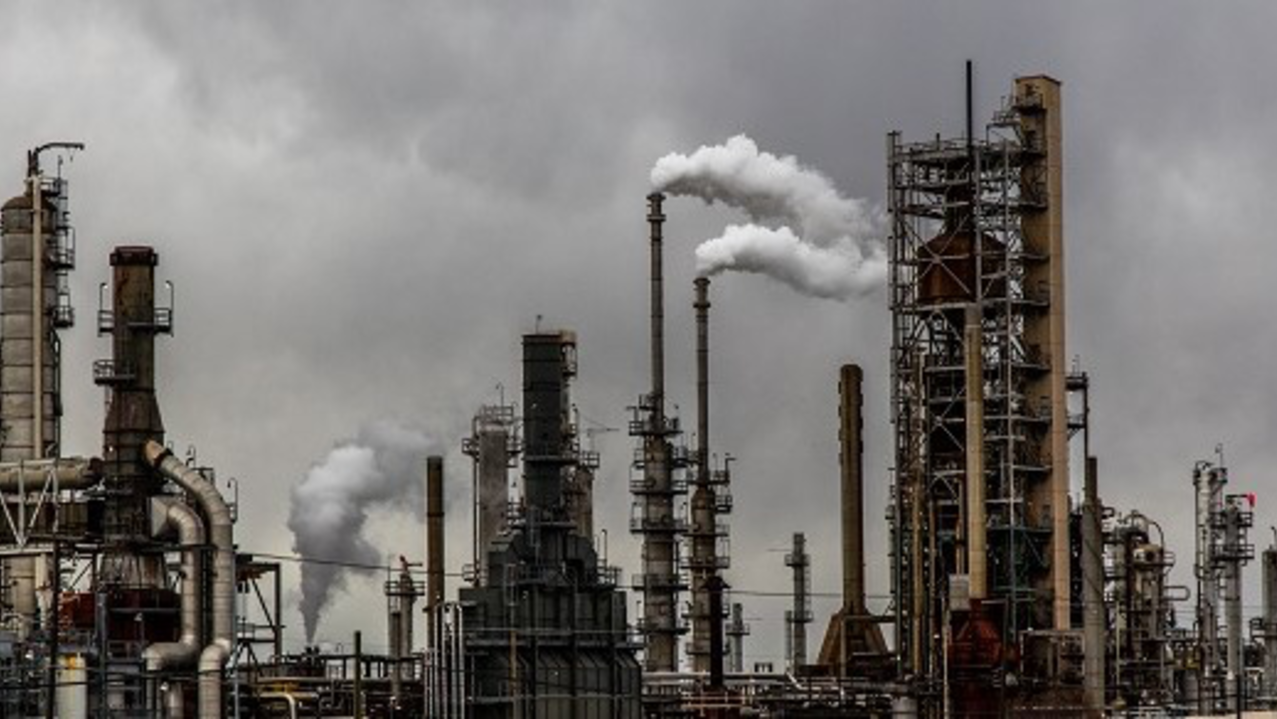
In percentage terms, the distribution of particulate matter triggers is different than often assumed. According to meteorologist Marion Wichmann-Fiebig, with the introduction of soot particle filters, particulate matter pollution caused by vehicles has fallen to only 12 % in Germany. The manufacturing industry accounts for 19 % and the energy sector for 15 %. This means that 54 % of fine dust particles come from other sources. These include old wood stoves and fireplaces, but also agriculture. These are the soot particles from tractors, the sand of dry arable soils and the ammonia produced by animal husbandry. With 23 %, it is considered the largest polluter of fine dust particles.
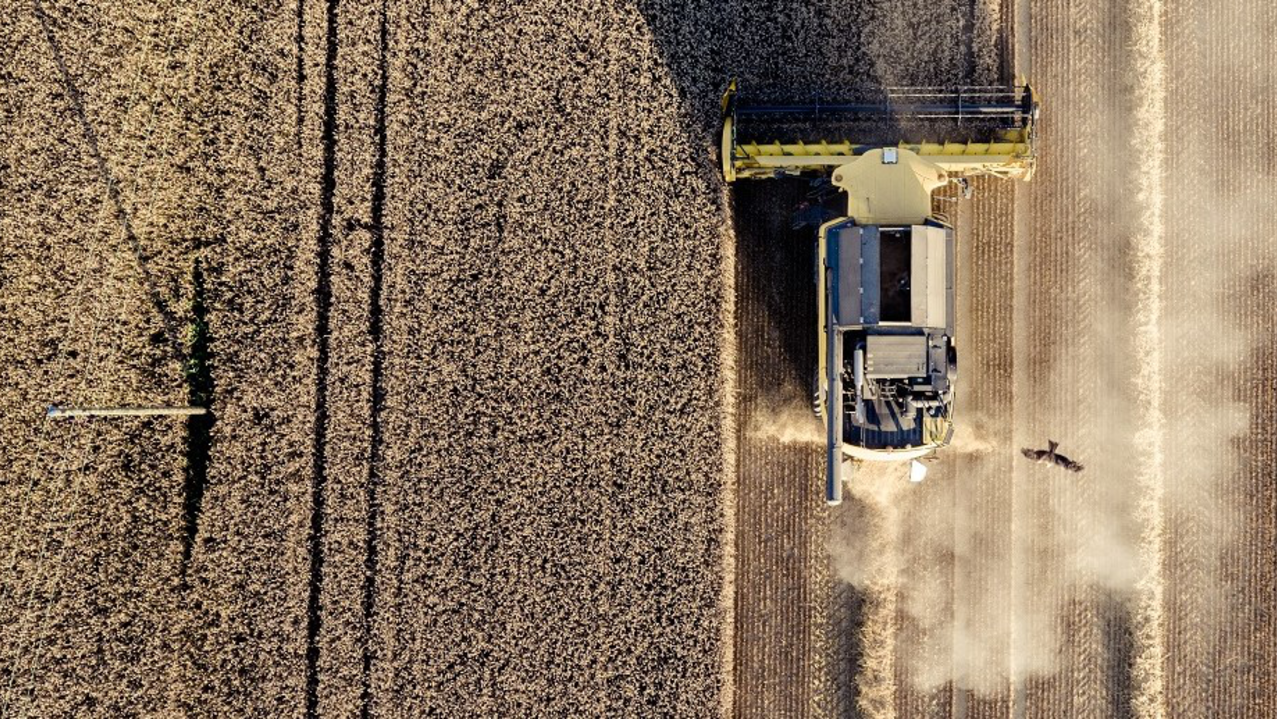
Threat from fireplaces and tiled stoves?
Axel Friedrich disagrees with this distribution. He sees wood-burning as the main source of soot particles. The studies on which he bases his opinion date back to the years when about 80 % of all households with fireplaces and stoves fired with wood. With the introduction of the Immission Control Act, however, there were changes and conversions on the part of the manufacturers and thus different values.
In fact, with technically outdated systems and incorrect wood firing, 4,000 mg/m³ of particulate matter can quickly escape from the fireplace. Modern, correctly operated stoves, on the other hand, emit only far less than 100 mg/m³ of particulate matter. For systems that went into operation before the Immission Control Act came into force, the limit values are 4 grams of carbon monoxide and 0.15 grams of fine dust per cubic metre. For systems built after 2015, the limits are 1.25 grams of carbon monoxide and 0.04 grams of particulate matter per cubic metre.
The prerequisite for low-fine-dust wood combustion is correct operation and the age of the systems. Wet wood, for example, pollutes the air because it does not fire properly. Correctly dimensioned combustion chambers and targeted combustion air ducts play a major role in the systems - in modern fireplaces, of course.
Due to the Immission Control Act, which came into force in 2010, technically outdated systems older than 30 years are gradually disappearing or have to be retrofitted with a special filter. Modern systems and correct operation allow low-pollution firing of wood-burning stoves. To attribute the problem of fine dust pollution to wood-burning is therefore too much of a generality.
Hazard to health?
According to estimates by the World Health Organisation, several 10,000 people worldwide die prematurely every year due to particulate matter - that is the general statement. A differentiated view of particulate matter, however, reveals the contradiction. Studies have shown that it is not environmental pollution alone that damages human health, but that a number of factors must converge to have a harmful effect on the human organism.
According to a long-term study by Barbara Hoffmann, one of Europe's leading environmental physicians, people live on average ten months shorter due to fine dust pollution and nitrogen oxide. At the same time, a person living near a busy road has a higher probability of dying earlier. However, it has not been proven what the actual cause of death was.
As Barbara Hoffmann says, it is the risk factors of the individual that influence the probability of disease. A person who lives healthily, drinks little alcohol, does not smoke and exercises has a lower risk of falling ill than a person with an unhealthy lifestyle.
So it is not air pollutants alone that make people ill. The risk depends on lifestyle and also a genetic predisposition, according to Barbara Hoffmann.
The truth about tiled stoves
Eco-friendly heating
If you have a modern system or are thinking of buying a wood stove, there is no need to worry. Instead, log-burning brings with it numerous advantages. Thanks to their CO2 neutrality, modern fireplaces and stoves are extremely climate-friendly.
They demonstrably have a healthy radiant heat and, moreover, due to the renewability of wood, a high local and regional added value. So you can enjoy a cosy evening in front of the fireplace or tiled stove with complete peace of mind.

Conclusion
Fine particulate matter continues to be a major issue. Fine dust is produced in many different areas of life and efforts have been made to identify the main polluters and reduce their fine dust emissions. These modernisations have already significantly reduced fine dust pollution, e.g. in the area of stoves and fireplaces.
Fine dust pollution can also be kept to a minimum when operating stoves and fireplaces. Modern systems and correct operation allow low-pollution and sustainable heating. Old stoves are gradually being replaced and modernised in the course of the Federal Immission Control Ordinance.
